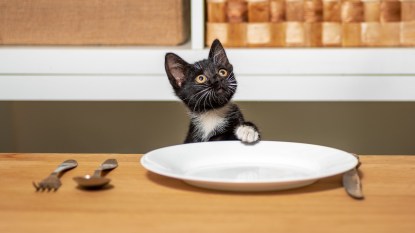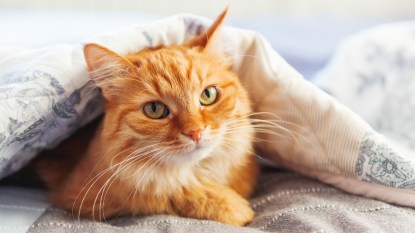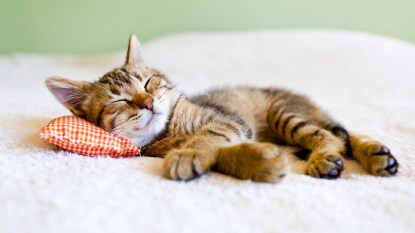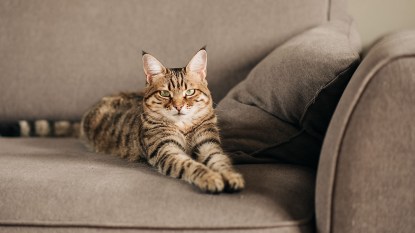How to Tell If Your Kitty Is Dehydrated in This Brutal Heat — And How to Help
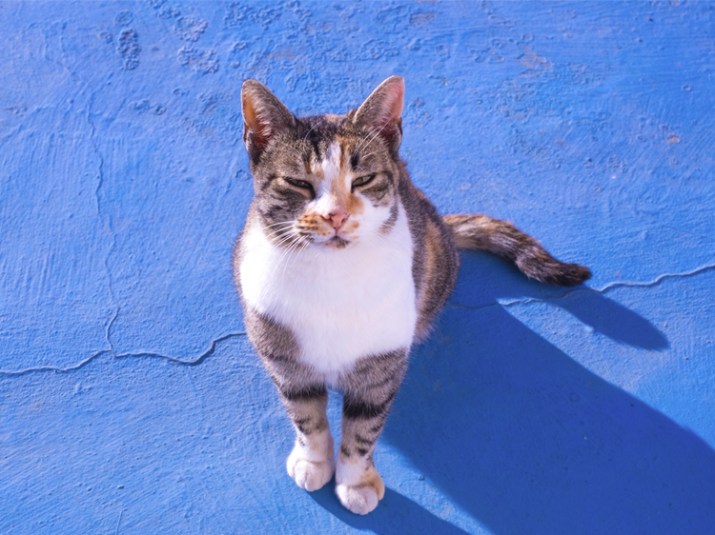
How do you know if a cat is dehydrated? It’s a little tougher to spot than you might think. After all, our kitties can’t communicate their health problems to us the same way that humans can. But during the hottest days of summer, it’s especially important to be aware of dehydration symptoms in cats. That way, you can stop a problem before it gets worse — or ideally, prevent it from happening in the first place.
Cat Dehydration Signs
Dehydration symptoms in cats include lethargy, loss of appetite, elevated heart rate, decreased saliva in the mouth, and panting, according to Catster magazine. Another sneaky sign includes skin elasticity, which you can test in a method called “tenting” by gently pulling skin on the scruff of your cat’s neck. If the skin doesn’t “snap back” right away, your cat may be dehydrated. Time to refill the water bowl — or multiple water bowls if you have a few lying around for your four-legged friend.
It’s natural to feel guilty if your feline gets dehydrated. But as veterinarian Marty Becker, DVM, explains on VetStreet, dehydration is extremely common in pets, particularly kitties. He writes, “In fact, many cats are thought to exist in a state of chronic dehydration, because they don’t take in enough water.” Young kittens are particularly prone to dehydration, due to their bodies having a much higher water content and a lesser ability to regulate water loss than older cats. So you’ll want to keep an especially sharp eye out for the babies, as always!
How to Prevent Dehydration in Cats
Cats can get dehydrated quicker than you think, so the American Society for the Prevention of Cruelty to Animals (ASPCA) recommends that you give them plenty of fresh water when it’s hot outside. If your cat likes to play in the great outdoors, make sure that he or she has a shaded place to get out of the blazing sunlight when necessary.
If your cat isn’t a fan of drinking water, Dr. Becker suggests increasing intake by having him or her drink from a fountain rather than a bowl, or feeding them canned “wet” food because it has a higher water content than the “dry” food. Other popular tricks include putting multiple water bowls for your cat throughout your whole home or even putting ice cubes in your cat’s wet food.
Remember, if you suspect your cat is in danger of severe dehydration or overheating, be sure to get him or her medical help immediately.
More From FIRST
Some Essential Oils Can Poison Cats, Experts Warn
Attention Cat Owners: Here’s How Often You Need to Clean the Litter Box
Knowing How to Perform the Heimlich for Cats Could Save Your Furry Friend’s Life



